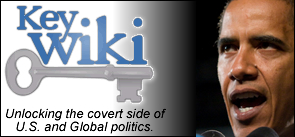WILL FRIDAY’S LABOR REPORT SURPRISE ON THE UPSIDE?
By: Kent Engelke | Capitol Securities Equities advanced led by shares of financial companies and...
Read Moreby TMH | Mar 17, 2015 | Constitution, Financial, History, Illegal Immigration, Politics, Survival | 0 |
“I saw Americans being replaced. We brought in H-1B workers. Didn’t matter if [they] had skills or...
Read MoreBy: Bethany Stotts Accuracy in Media Whether in his State of the Union or his recent campaign-like...
Read More

My beloved husband,
GARRY HAMILTON,
passed away
on September 24th, 2022.
I will love you always.

